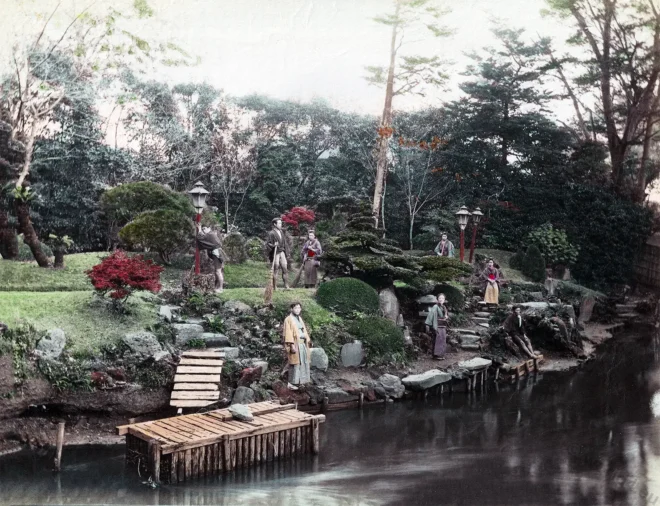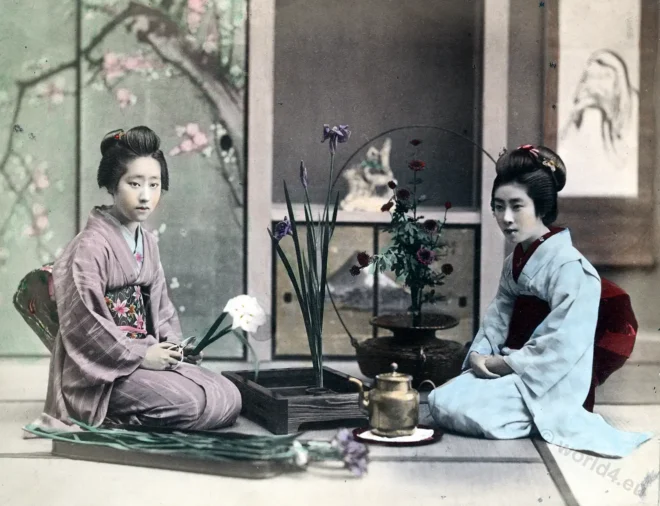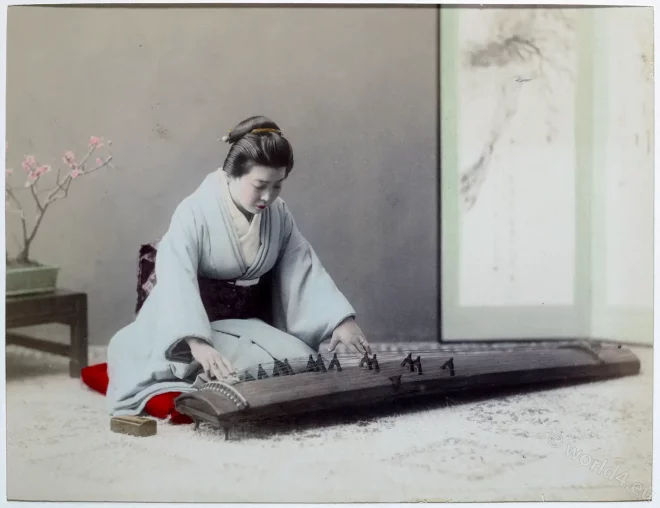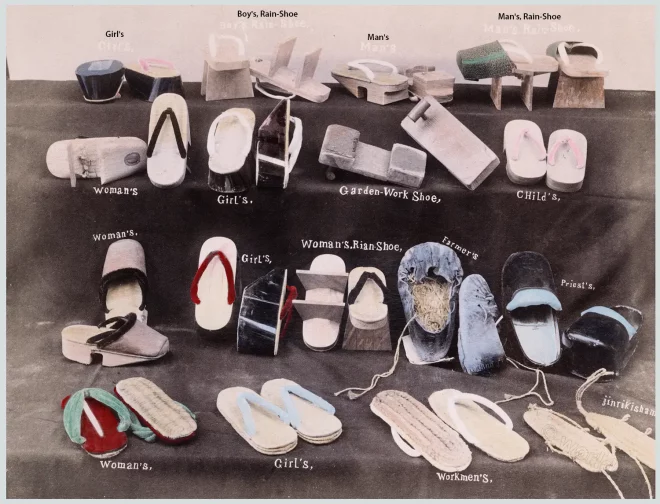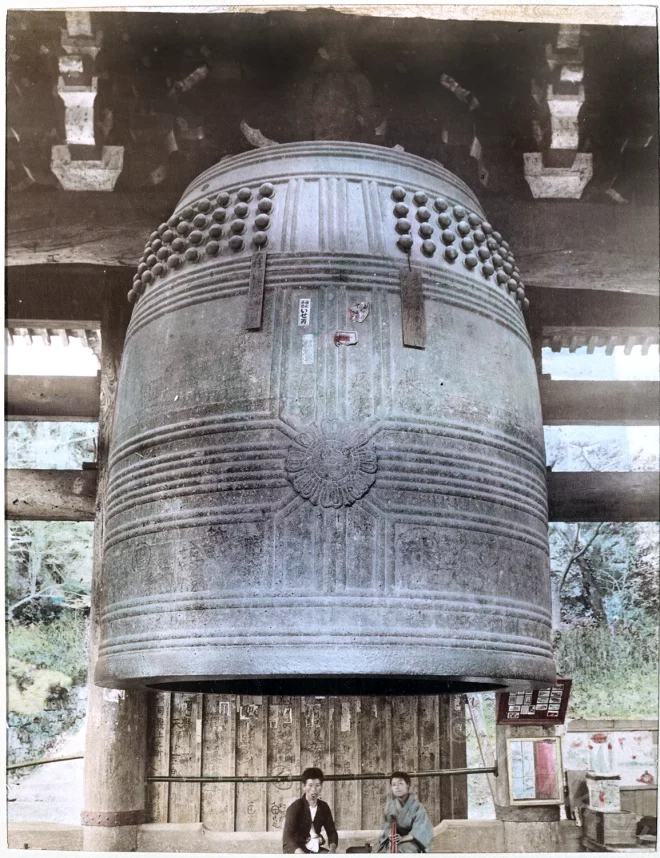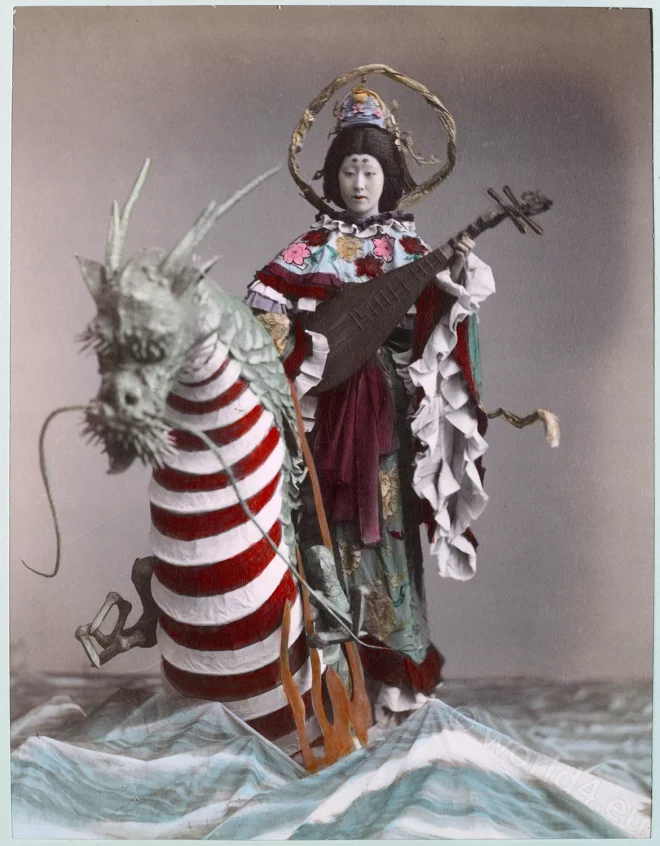The Ogiya (扇屋) chaya (tea house) and garden at Oji (王子), Tokyo.
Tag: Frank Brinkley
Francis Brinkley (1841 – 1912, also Frank Brinkley, Furanshisu Burinkurī in Japanese) was a British newspaper proprietor and publisher who served as a foreign adviser to Japan during the Meiji era. He lived in Japan for most of his life and was the author of several books on Japanese culture, art and architecture, as well as an English-Japanese dictionary. He is also known as Captain Francis Brinkley.
Japan. Tattooed postman, 19th c.
The art of tattooing is carried to great perfection in Japan
Ikebana. The arrangement of flowers in Japan.
Traditional rules established by the various “flower schools” have prevailed since the sixteenth century.
A Koto player. Japanese musical instrument
The koto is the most important of Japanese musical instruments
The Osuwa Park at Nagasaki, Japan.
Gardens are supposed to symbolise abstract ideas, such as peace, chastity, old age, etc.
Japanese shoes. Historical shoe styles around 1900.
The variety of Japanese shoe shapes and designs is mainly tailored to the weather conditions and the wearer’s profession.
The “floating” Torii gate at Miyajima, Japan
The “floating” Torii gate at Miyajima or Itskushima (“Island of Light”)
The Great Bell at Chio-In temple, Higashiyama-ku, Kyoto.
Chion-in (monastery of Gratitude), in Higashiyama-ku, is the principal Buddhist monastery of the Jōdo sect.
Benten, Goddess of Matrimony, of Music, of the Sea.
Benten, or Benzaiten, is one of the Seven Divinities of Good Fortune. Patron of the family and of the sea.
Japanese dancers in posture and gestures.
The training of the dancing girl usually begins when she is about seven years of age.

